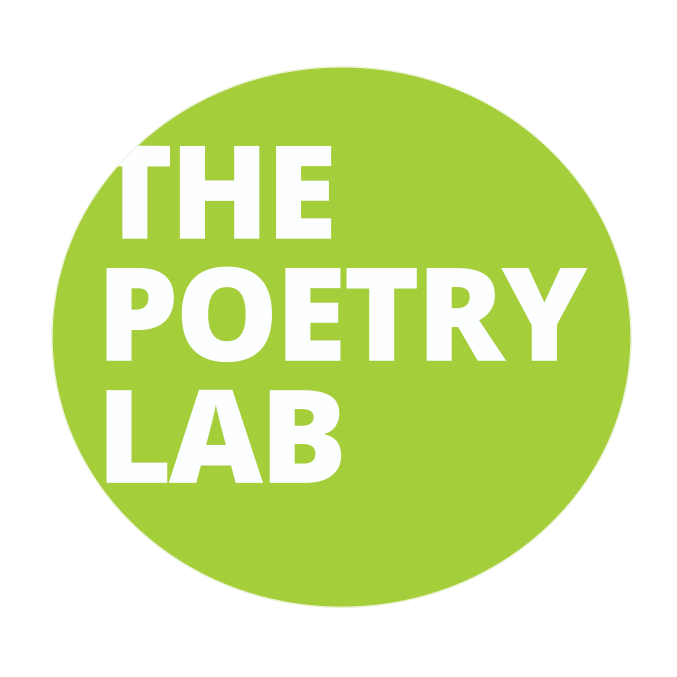How to Use Tarot as a Tool for Self-Reflection
When it comes to tarot, many people approach the cards with preconceived notions about predicting the future. Others come to me expecting party tricks: They expect me to set out their life story without missing a single detail, with no guidance on their part whatsoever.
I’ll level with you: I can, in fact, predict the future. Sometimes. I can also read for a taciturn client with in-depth accuracy that occasionally alarms me. Again, that caveat: Sometimes.
If you’ve ever spoken with me at length, you know I don’t believe in the concept of linear time. As a result, the future is at one with the present—but there are many, many futures at play, all intertwining with the infinite possibilities of the present and the endless influences of the past. So while I can—sometimes—sort through these tangled strings and predict the future with accuracy, it’s a bit—well, unpredictable.
As for the clients expecting blinding insights after giving me the barest information, the cards and my guides carry me to the intuitive answers I need.
Why don’t I turn these people away, you ask? Because I am a stubborn acolyte of kaleidoscopic mysteries, and I hope to inspire others with my unerring faith. (Also: It is extremely satisfying to shock these types of clients with spot-on answers.)
But predicting the future or conjuring hidden answers is not—in my experience—the most fulfilling aspect of tarot. Not by a mile.
Tarot as a conduit for self-reflection
Whether you are reading your own cards or having them read for you, tarot is at its core a tool of self-reflection. It is a mirror one holds up to one’s self, hoping for a glimpse beyond the everyday seeming. Readings encourage you to push beneath the surface—of your initial reactions, of your beliefs, of your relationships, and of your motives.
Tarot helps you connect with deeper truths. The cards can provide validation, especially on feelings or situations we aren’t yet comfortable discussing with other people. And they can at times challenge you to see things from a new perspective.
Focus on what resonates
I have a favorite question I ask my clients: “Does this resonate?” This allows me to redirect or refine my line of inquiry, depending on their answer.
But there’s more to the question than just professionalism. When something resonates, we feel it on the deepest of levels—in the marrow of our bones, in our heartstrings, in our very souls. If a client says “yes” to this question—just “yes,” not “yes, but” or “yes, and”—then I know I am striking the right chords.
Equally important is a “no” to this question. If something doesn’t resonate for us, why is that? Are we off our game? Did we have too much caffeine before we read? Are the planets interfering with our divine guidance? Or are we being asked to contemplate an inverse reflection—to see ourselves or the situation from an opposite point of view?
Where tarot and creativity meet
Regardless of whether the cards validate, elucidate, or challenge, the end result of a reading should ideally be a deeper understanding of ourselves and our position.
Poetry serves much the same goal for me. I have used tarot as an adjunct to therapy for decades—and I’ve used poetry in that same capacity for even longer. When I write poetry, I am asking myself the difficult questions. Why do I feel such regret here? Why does that ache persist? What is the root of my fear? What lesson do I need to take from this situation? The questions are, more or less, identical to the ones I ask my tarot deck.
Poetry is a form of self-reflection, where we dive into our innermost selves and explore unfathomed depths. We hope to emerge with pearls—but at times we emerge instead with a better understanding of our inner landscape. And that, at times, is enough.
…
Together, tarot and poetry can serve as a guided form of self-reflection—a question and an answer. Rather than swimming aimlessly in the seas of ourselves, questioning the cards can direct us to themes we might have overlooked, give shape to our as of yet formless feelings, or tie together the narrative we’ve been fumbling towards all along.
Sit with the cards. Sit with your words. Ask yourself: Does this resonate? And—please—tell me the answer.
⬆️ TAROT SPREADS TO TRY ⬇️
more from annie
In this video, Annie explains the power of crystals and which ones you should keep with your tarot deck. We'll take a closer look at the properties and benefits of clear quartz, amethyst, amazonite, obsidian, and other stones that are commonly used by tarot readers.
In this video, Annie explains what it means to draw the devil card in tarot. The devil card is often misunderstood and feared, but it actually holds a powerful message about our own personal demons and the limitations we impose on ourselves. Whether you're a seasoned tarot reader or just starting out, this video will help you gain a deeper understanding of the devil card and its significance in the tarot deck.
This article was posted on May 15, 2023. Written by:









